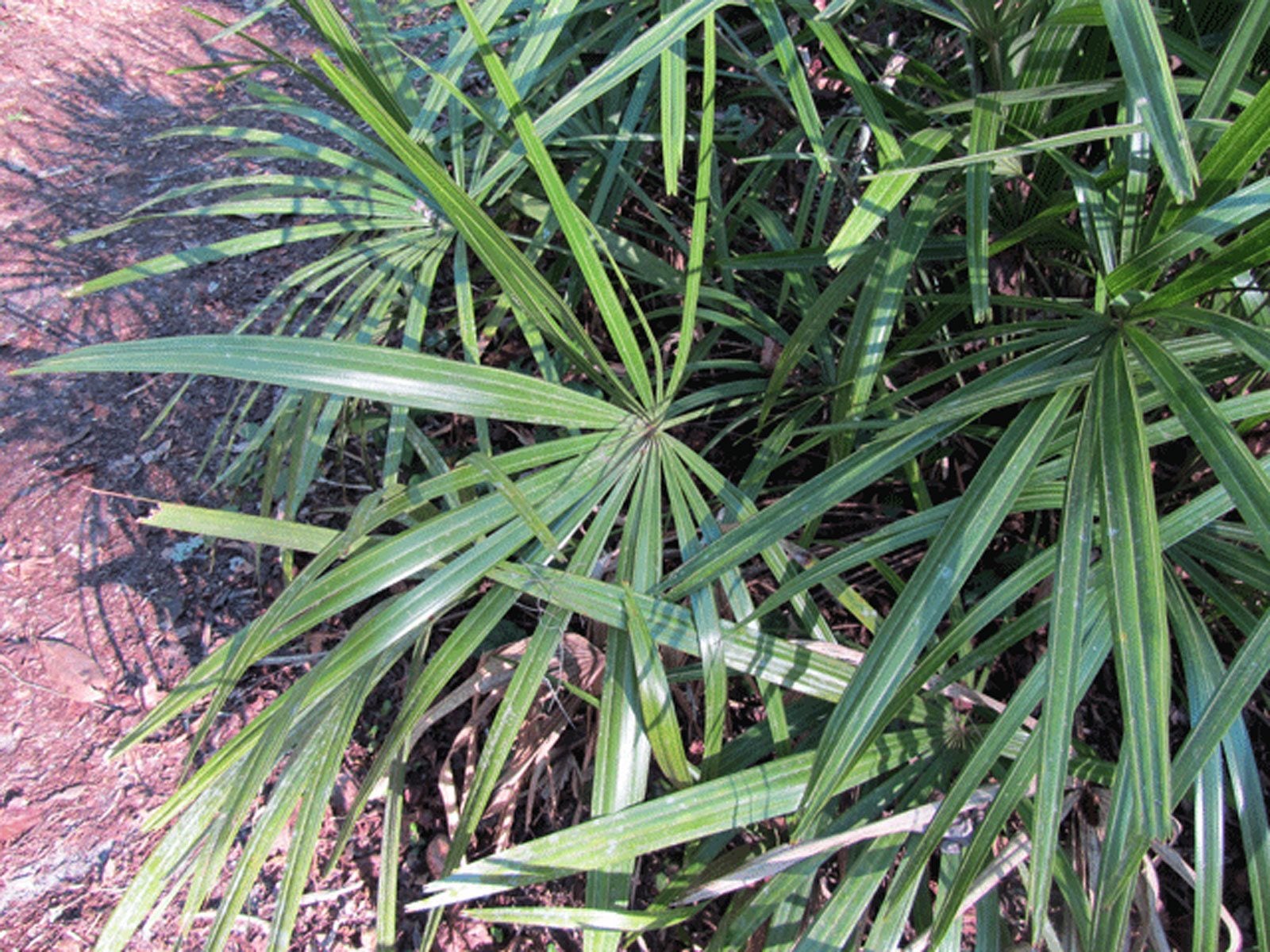Needle Palm Information: How To Care For Needle Palm Trees


Growing needle palms is one of the easiest tasks for any gardener. This cold hardy palm plant from the southeast is highly adaptable to varying soils and sunlight amounts. It grows slowly but will reliably fill up those blank spaces in your garden and provide a green backdrop for flowers. Needle palm tree care is as simple as finding a good place for it and watching it grow.
Needle Palm Information
The needle palm, Rhapidophyllum hystrix, is a perennial shrub native to the southeastern U.S. Although it is native to this warmer region, the needle palm plant is actually very cold hardy and gardeners further north prize it for giving their beds and yards a more tropical look. It puts out multiple stems, with sharp needles that give the plant its name, and slowly grows into a large clump that may be approximately 6 feet (2 m.) across and high. The leaves of the needle palm are glossy and green, and the plant produces red drupes and tiny flowers that may be white, yellow, or brownish purple. Naturally, the needle palm grows on shaded and wooded slopes or along streams. Many gardeners like to plant it under trees, especially live oaks.
Growing Needle Palm Plants
Growing needle palms is actually very easy. Since it is cold hardy, adaptable to different conditions, tolerant of drought, and happy in either shade or full sun, the needle palm is a versatile shrub that can be grown by gardeners of all ability levels. One of the most important considerations is choosing an area of your yard or garden that will give the needle palm adequate space to grow and spread. It grows slowly but will fill up a space of at least 6 by 6 feet (2 x 2 m.). You can grow it in shade or sun, under trees, and even next to pools. Just avoid narrow walkways where people could be pricked by the needles. The needle palm prefers moist, well-drained soil, but will adapt to nearly any soil type.
Care for Needle Palm Trees
Once you have it in the ground, needle palm tree care is mostly hands-off. You should water it regularly until the plant is established, but then it can adapt to dry conditions or a lot of rain. Needle palm plants are slow growing, so although it isn’t necessary, you can use fertilizer twice a year to speed the growth. Use palm fertilizer that has extra magnesium and apply it in spring and late summer.
Gardening tips, videos, info and more delivered right to your inbox!
Sign up for the Gardening Know How newsletter today and receive a free copy of our e-book "How to Grow Delicious Tomatoes".

Mary Ellen Ellis has been gardening for over 20 years. With degrees in Chemistry and Biology, Mary Ellen's specialties are flowers, native plants, and herbs.
-
 Looking For Plants To Give You The Soft And Fuzzies? Try These 5 Fuzzy Leaf Plant Options
Looking For Plants To Give You The Soft And Fuzzies? Try These 5 Fuzzy Leaf Plant OptionsLovers of texture, drama, silver foliage and tactile plants will adore these special sensory garden additions. These fuzzy leaf plant options will leave you all aglow
By Susan Albert
-
 Get Ready For A Summer Of Hummers! Grow These Full Sun Hummingbird Plants and Flowers
Get Ready For A Summer Of Hummers! Grow These Full Sun Hummingbird Plants and FlowersIf you’re lucky enough to enjoy a sunny backyard, make sure you are maxing out on your pollinator opportunities and grow these full sun hummingbird plants and flowers
By Tonya Barnett